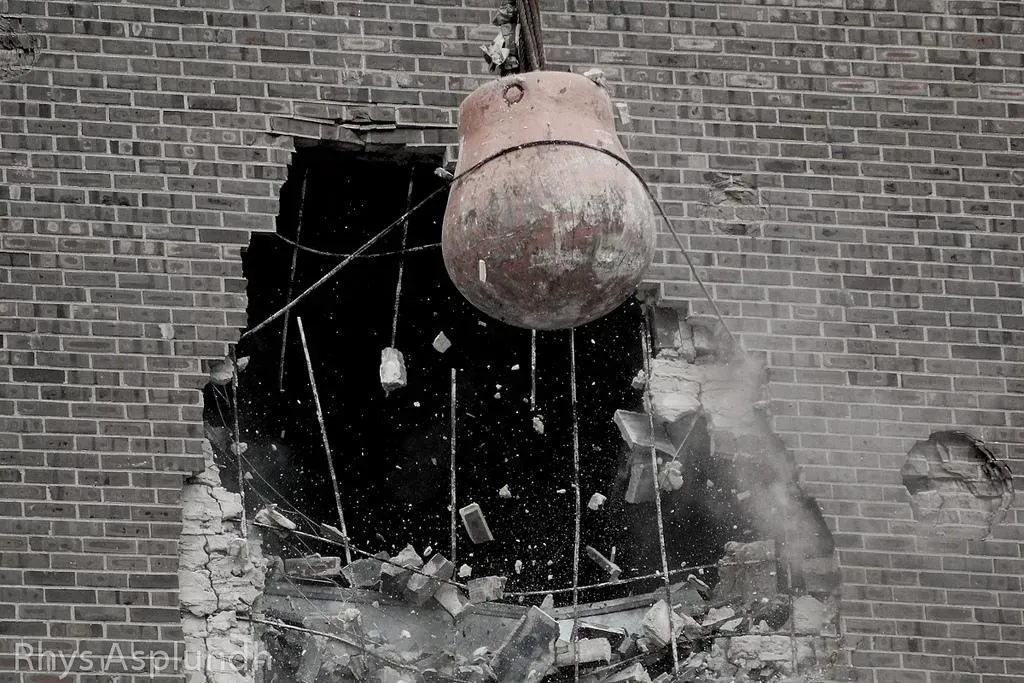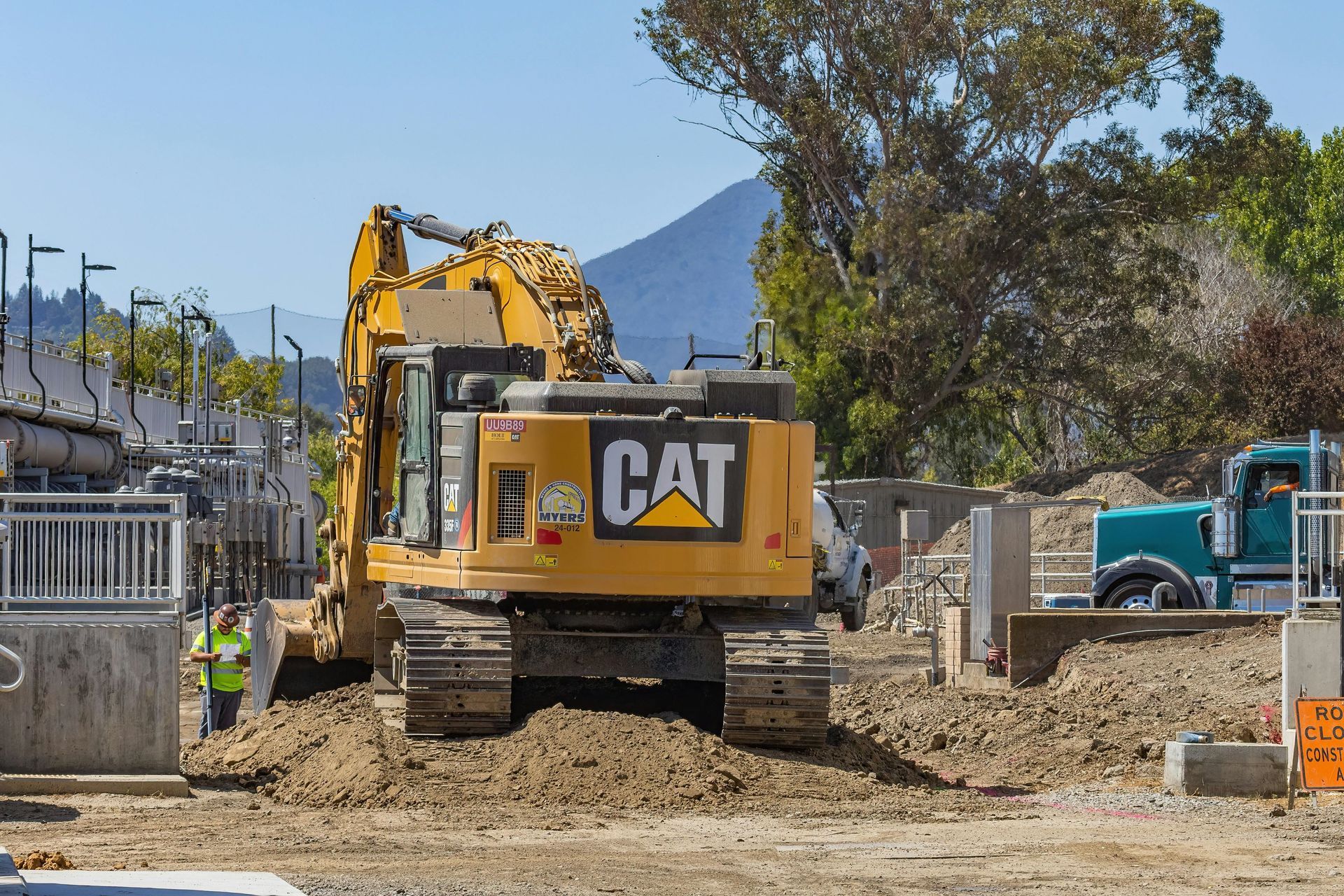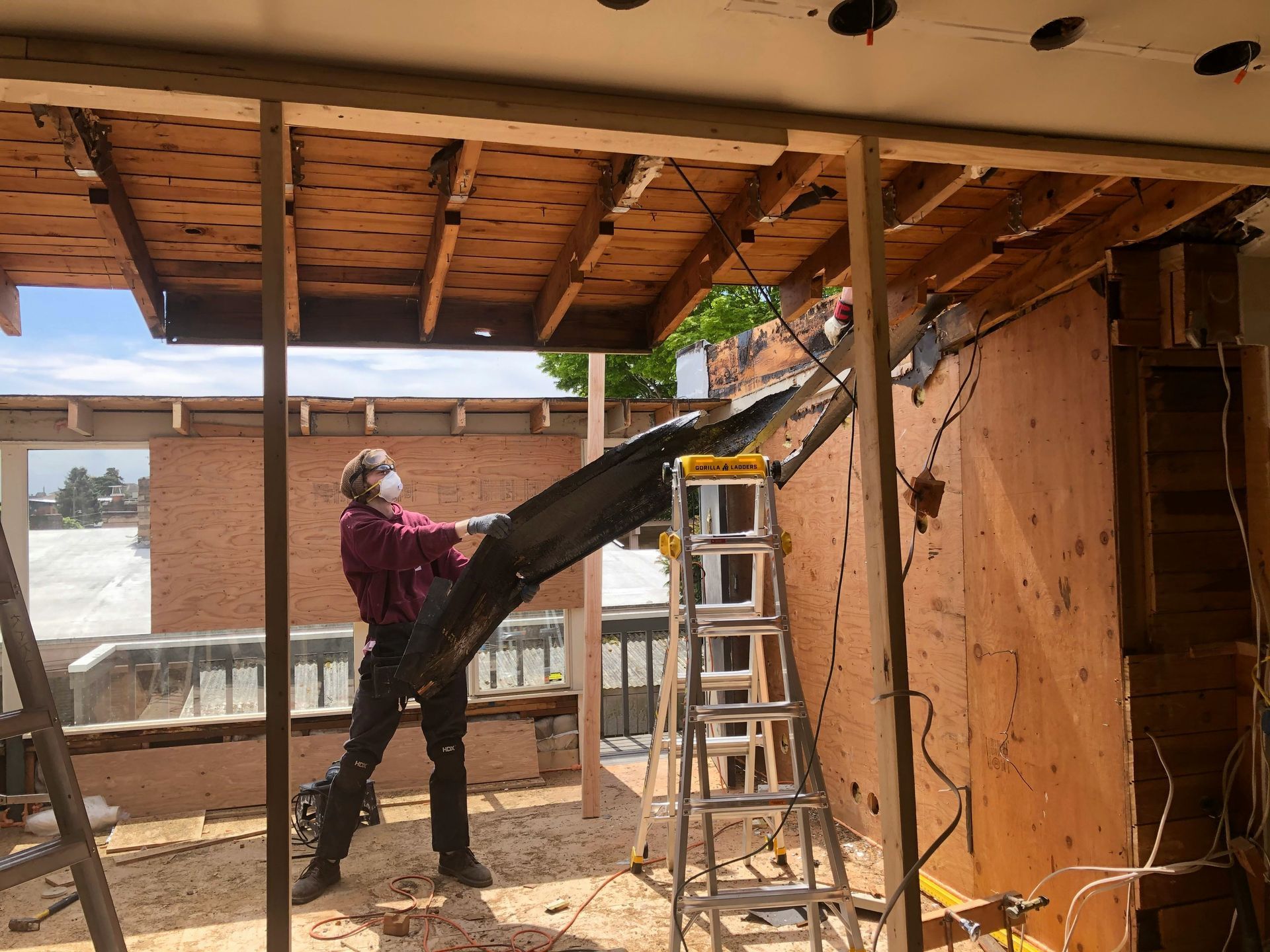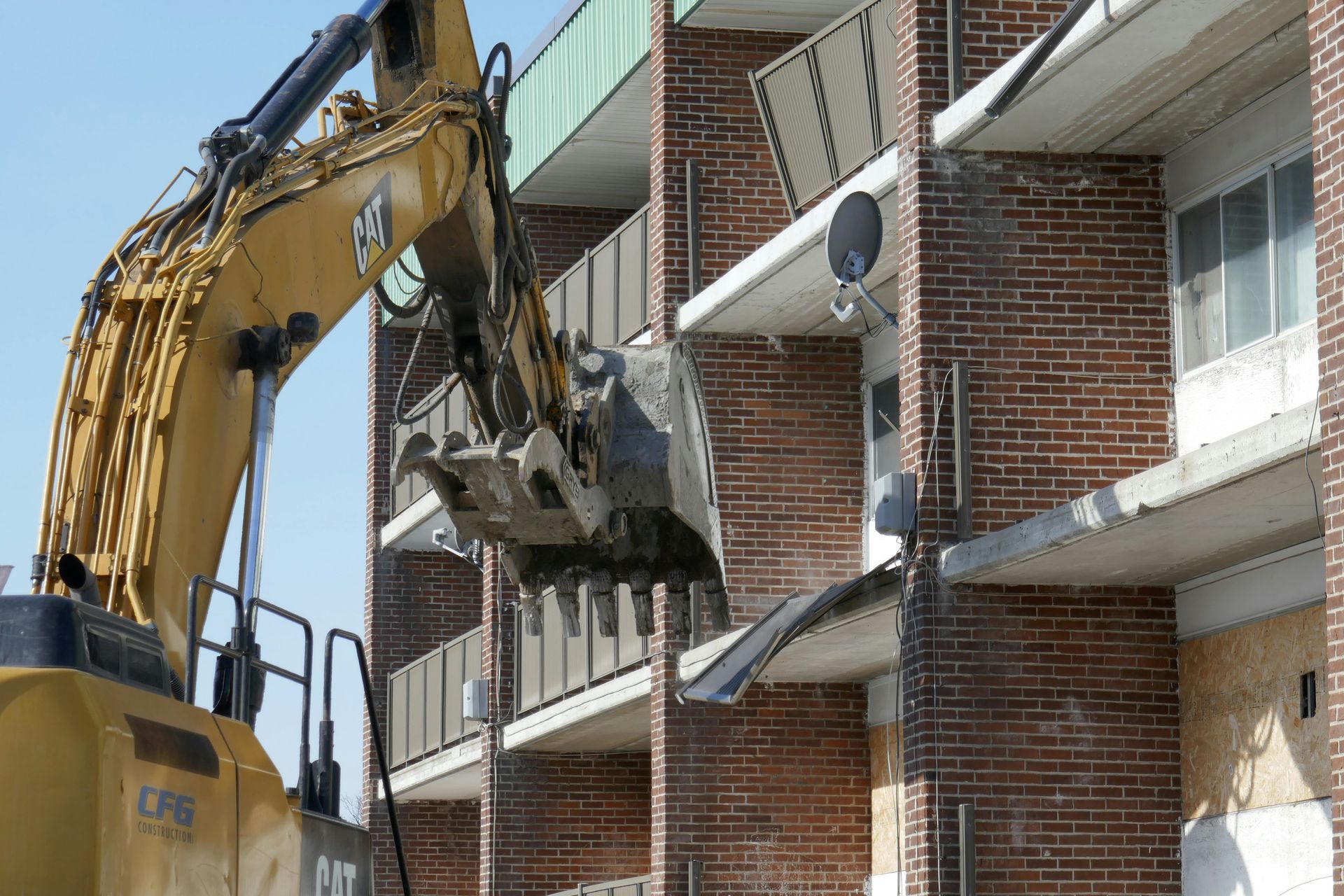The Early Days of Demolition: Brute Force and Basic Tools
In the mid-20th century, demolition was all about raw power. Companies used wrecking balls, sledgehammers, and heavy-duty equipment to tear down buildings with little concern for precision. The focus was speed—get the job done and move on. Safety measures were basic at best, and the impact on surrounding structures, communities, or the environment was rarely considered.
Noise, dust, and debris were an expected part of the job. While effective for simple tasks, this approach was limited in its ability to handle complex projects in urban environments or sites requiring selective removal.
The Rise of Mechanical Demolition and Strategic Planning
As cityscapes became denser and buildings were constructed closer together, demolition companies had to evolve. The industry began shifting toward more controlled mechanical demolition methods. Equipment like high-reach excavators, concrete crushers, and precision attachments allowed crews to work with greater accuracy and less collateral damage.
Planning and engineering became central components of each project. Structural assessments, controlled sequencing, and safety protocols were introduced, transforming demolition from a rough operation into a refined process requiring expertise and strategy.
Environmental Awareness Changes Everything
With the rise of environmental regulations and sustainability goals, demolition companies found themselves at a new crossroads. It was no longer acceptable to demolish a building and dump everything into a landfill. Crews began to focus on material recovery—separating metals, concrete, wood, and other components for reuse or recycling.
Environmental assessments became mandatory, especially for older structures that might contain asbestos, lead paint, or hazardous materials. As a result, the industry began to embrace a cleaner, greener approach, aligning demolition with the broader goals of sustainable construction.
The Robotic Revolution in Demolition
Perhaps the most exciting development in the demolition industry has been the integration of robotics. Remote-controlled demolition machines can now perform tasks in areas too dangerous for humans. These machines are small, maneuverable, and capable of working with great precision in confined or hazardous environments.
Robotics are especially useful in hospitals, labs, and high-risk sites, where vibration, noise, or structural instability need to be tightly controlled. This technology not only increases safety but also boosts efficiency, reduces fatigue, and improves accuracy.
Digital Tools Redefine Project Management
Modern demolition companies have also embraced digital innovation. Tools like drone-based surveys, laser scanning, and Building Information Modeling (BIM) help teams visualize and plan projects more accurately. Digital blueprints and models allow for precise sequencing and forecasting of risks before a single wall is touched.
Project management platforms are now used to schedule crews, track safety inspections, manage budgets, and ensure compliance. Real-time monitoring tools allow demolition contractors to observe structural movements and air quality during active demolition, improving both safety and accountability.
Looking Ahead: Smarter, Safer, and More Sustainable
The future of demolition is already taking shape. Advancements in artificial intelligence may soon allow for even more detailed structural predictions. Autonomous machines could one day perform demolitions without human intervention, especially in extremely hazardous conditions. Environmental monitoring, AI-guided planning, and augmented reality are all on the horizon.
Sustainability will also continue to play a central role. Clients, communities, and regulators increasingly demand environmentally responsible practices—from energy-efficient equipment to high recycling rates and low-emission site operations.
Conclusion: The Modern Demolition Company
The demolition company of today is a far cry from its predecessors. What started as a labor-intensive, force-driven trade has evolved into a high-tech, data-informed, safety-first industry. Companies are no longer just tearing things down—they are engineering new beginnings. They play a critical role in shaping the future of cities, industries, and infrastructure, one careful takedown at a time.
For any project—whether a small-scale renovation or a large-scale structural teardown—choosing a demolition contractor who understands this evolution is essential. The right team brings not just equipment and manpower, but expertise, innovation, and a commitment to doing the job the right way.












